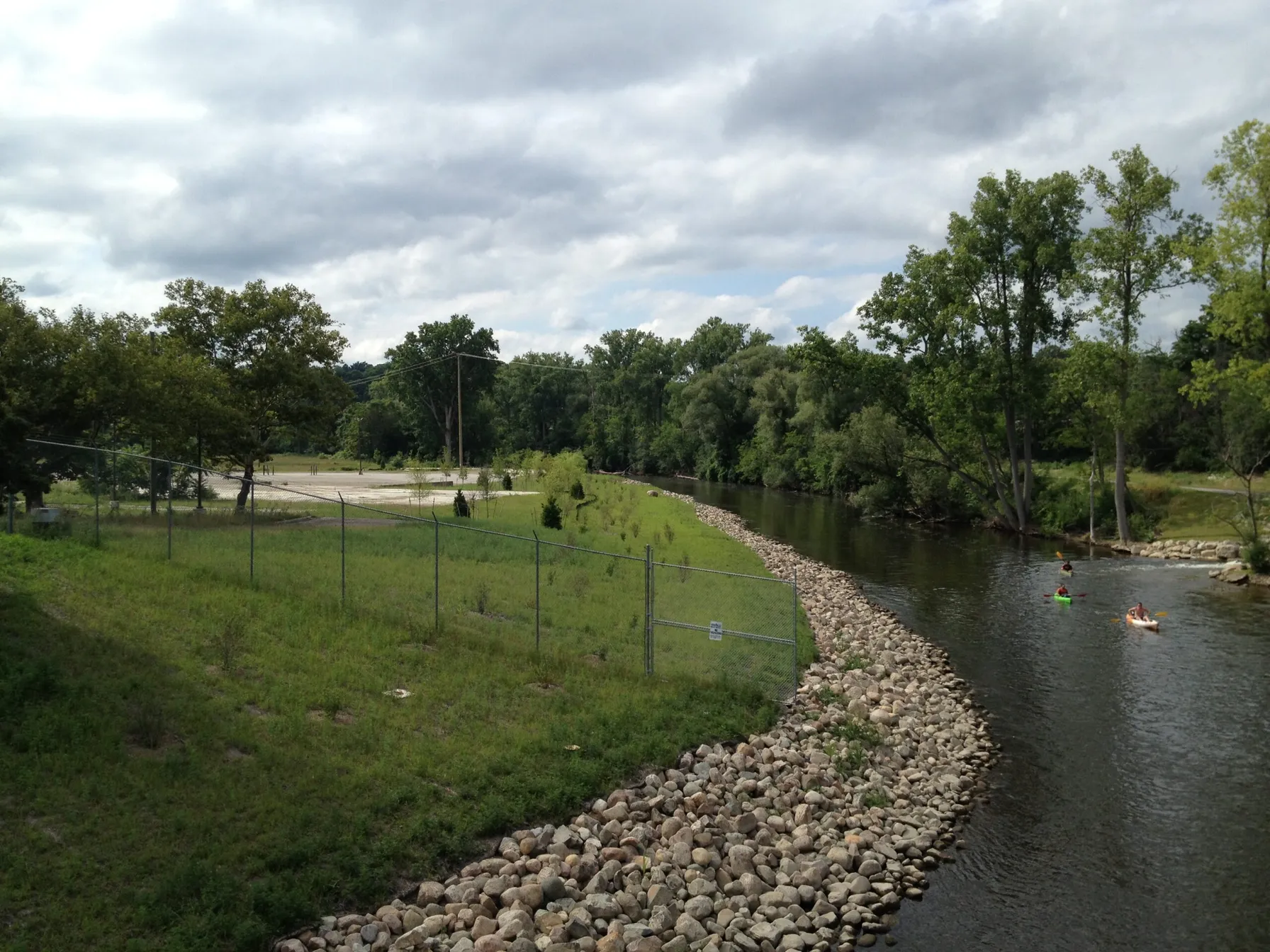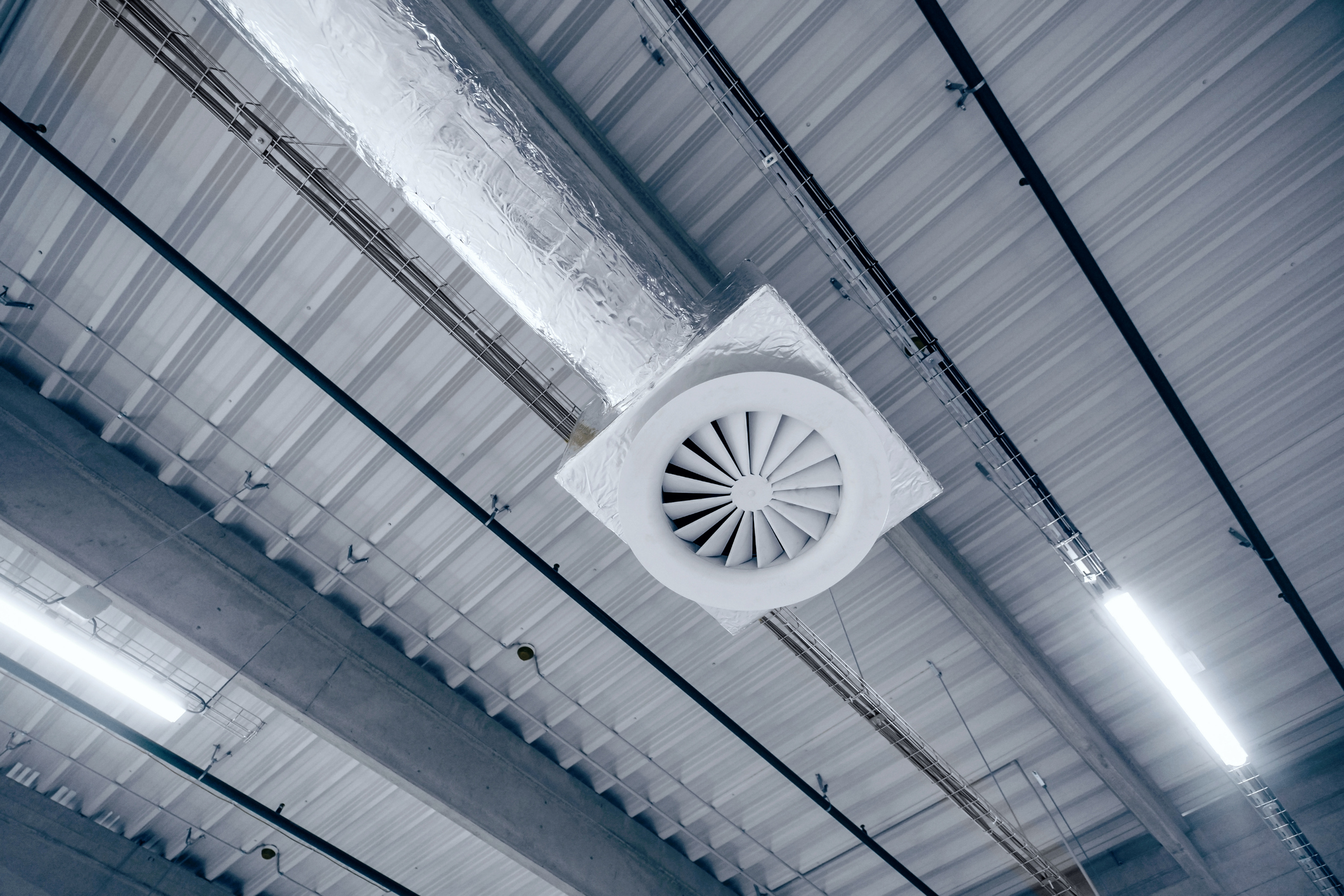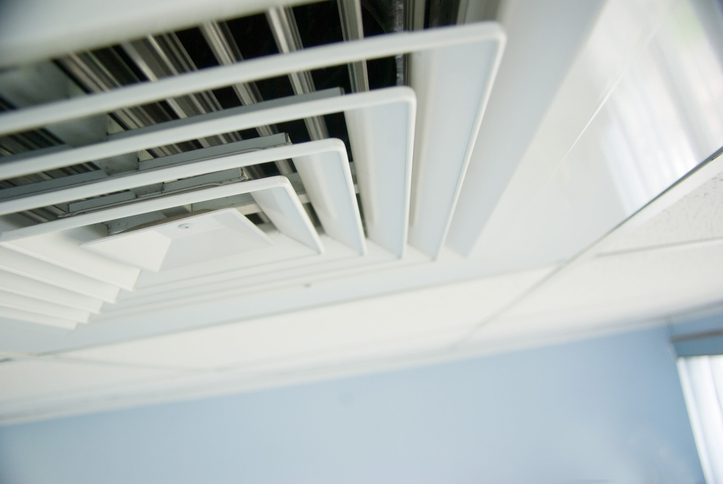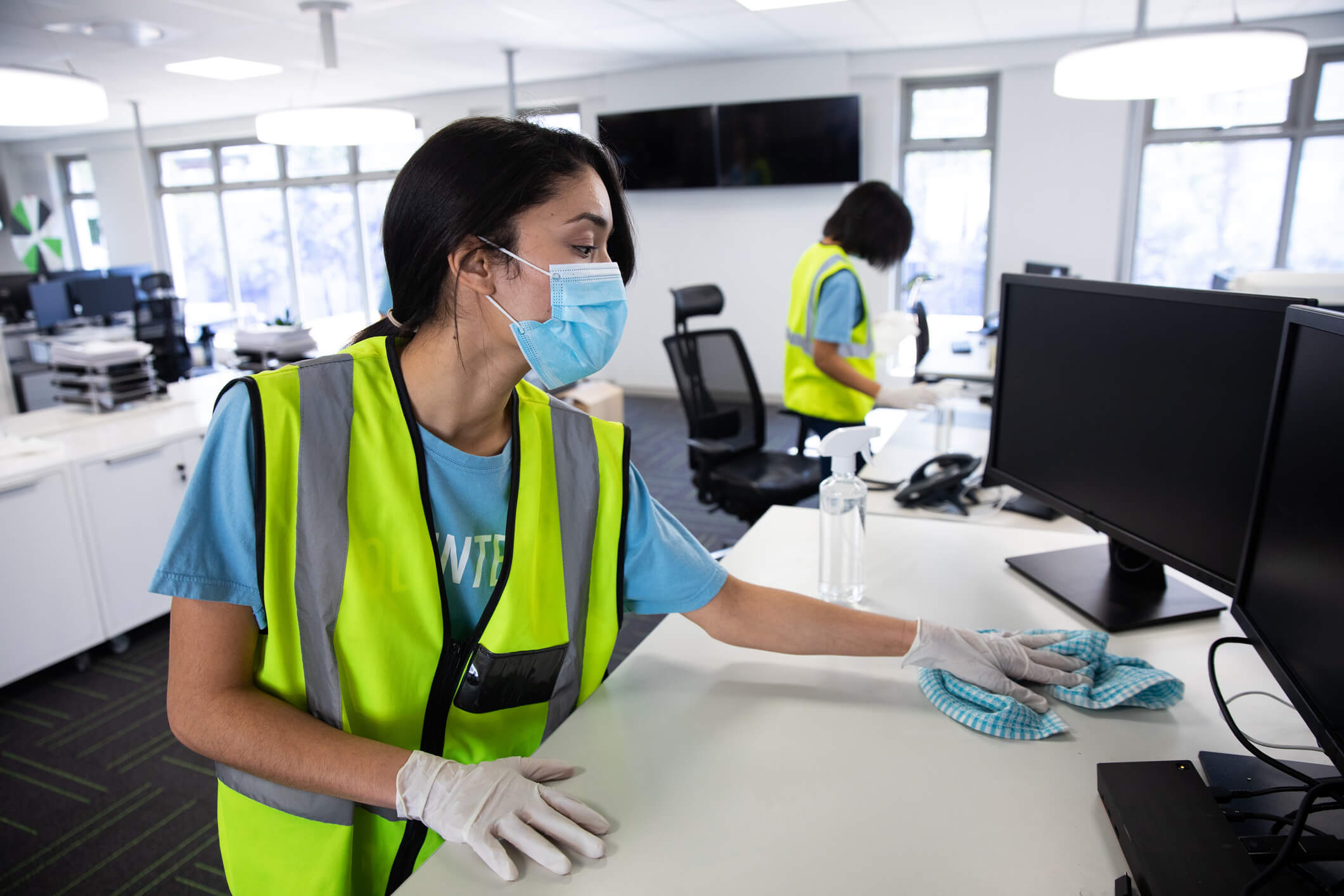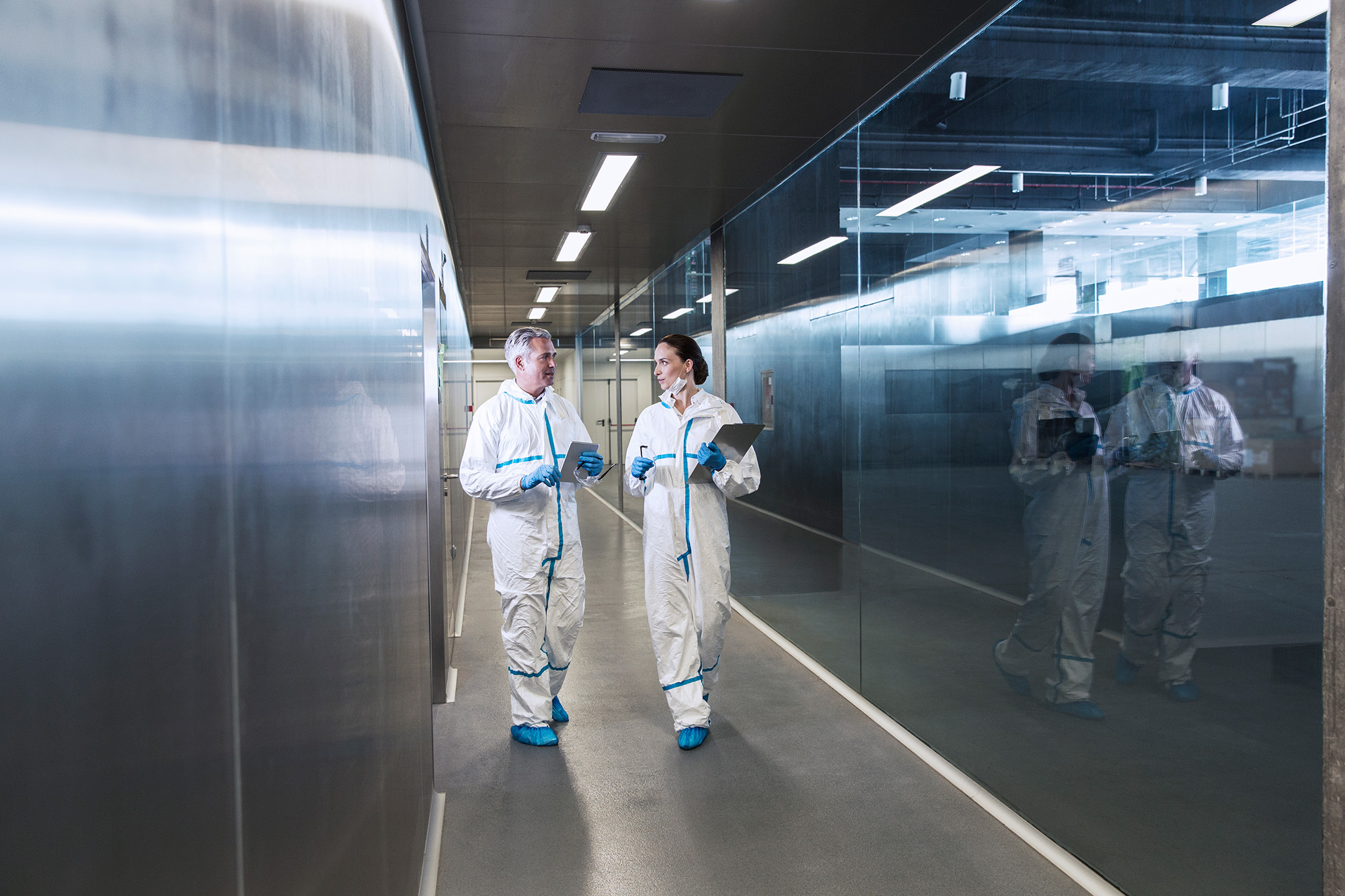Decision Impacts Future of Air Quality Regulations and Compliance Processes
On June 28, 2024, the Supreme Court of the United States (SCOTUS) overturned the Chevron Doctrine, a 40-year decision (established in 1984’s Chevron USA v. Natural Resources Defense Council [NRDC]) that ruled Federal regulatory agencies could determine, within reason, what a Congressional Law meant when the law was not clear (referred to as “Chevron Deference”). The reasoning, at the time of the decision, was that agencies were experts in their respective technical subject matter, and therefore, would have a more thorough understanding of what Congress intended. Because the Chevron Deference started in an environmental lawsuit and because the Environmental Protection Agency (EPA) has used Chevron Deference to extend its regulatory powers to regulate greenhouse gases (GHG), the decision is very important to environmental regulation and especially to air emissions regulations.
This change will apply to enforcement actions that are usually filed with and approved by a court. If a defendant challenges the penalties on constitutional or Clean Air Act grounds, the Chevron doctrine will no longer hold sway and the courts may decide if the penalties are authorized by the law.
Related Services
Moving Away from the Chevon Doctrine
In light of the Chevron decision, SCOTUS remanded several environmental rulings to lower courts including the Loper Bright Enterprises v. Raimondo decision about effects of a herring fishery on whales, a wetlands case, and Edison Electric Institute v. Federal Energy Regulatory Commission (FERC). Additionally, the fifth circuit Court of Appeals sent back a Department of Labor rule about using Environmental, Social, and Governance (ESG) in investment decisions back to the district Court, which used the Chevron Deference to approve the Department of Labor rule.
Over the years, the Chevron Doctrine had been used to argue that federal agencies, rather than courts, should say what the law means. This new ruling makes it clear that it is the courts’ duty to decide under the Constitutional balance of power among the three branches of government and the Administrative Procedures Act of 1946 (APA). The APA states that “the reviewing courts shall decide all questions of law, interpret the constitutional and statutory provisions, and determine the meaning or applicability of the terms of the agency action”.
The courts, especially the Supreme Court, had already been moving away from the Chevron Doctrine and using other mechanisms to void EPA rules, such as deciding that a rule is of such economic and public policy import that it requires Congressional action, even though it might be a natural extension of the Clean Air Act (referred to as the Major Questions Doctrine). SCOTUS invalidated the most recent GHG rules for electric utilities in 2022’s West Virginia v. EPA based on this rationale.
Regulatory Impacts
Past regulations: SCOTUS says that past decisions using the Chevron Doctrine are to stay in place unless a truly strong reasoning for their reversal exists. For example, if a regulation was not challenged in the 60-day period after promulgation, it can be expected that a new challenge without use of the Chevron Doctrine would not be allowed. If, on the other hand, the regulation had been challenged and the Chevron Doctrine had been used to defeat the challenge, one could imagine that the case could be re-argued. Justice Barrett argued that the APA allows plaintiffs up to six years after promulgation to discover if they are harmed by the rule and can sue.
Proposed regulations: As has occurred in the recent past, the regulatory agency will have to demonstrate to the best of its ability and expertise that the proposed regulation is supported by the law. But, after promulgation, a legal challenge may be raised that allows the courts to decide if the proposed regulation is in compliance with the constitution and the law.
Where the Congress gives carte blanche to the agency to write the rules: An example is the 1990 Clean Air Act where the Congress did not agree on laws for Regional Haze and gave EPA the authority to write its own rules. A Chevron deference challenge does not appear to apply in such cases.
Situations where the law does not address the regulation the agency wants to promulgate: Where the rule is not specifically defined or ambiguous in the law, it would be open to legal challenge and a court could decide that the agency cannot go forward with such rules. One area of concern is significant impact limits (SIL). These are currently policy decisions not mentioned in the law and to which environmental groups are stridently opposed. Expect further lawsuits against them and their possible elimination. Ton per year (TPY) emission limits used in permitting are mostly in regulations already passed, but those dealing with PM2.5 and ozone formation downwind are not.
Business Impacts
We do not know how many regulations will be challenged and whether a whole new round of litigation will ensue in the air quality area, but it can be expected that EPA will be more careful in adopting new regulations given that they will have to presume a court review.

Next Steps: TRC Can Help
TRC can help companies to review the legal basis of regulations that are applied to them and the technical basis on which the regulations exist for possible court reversal of EPA’s Clean Air Act authority. As a nationally recognized leader in the air quality industry, TRC maintains the technical expertise, experience, innovative personnel and in-depth regulatory knowledge required to tackle the complexity of Clean Air Act compliance and legal intricacies.



